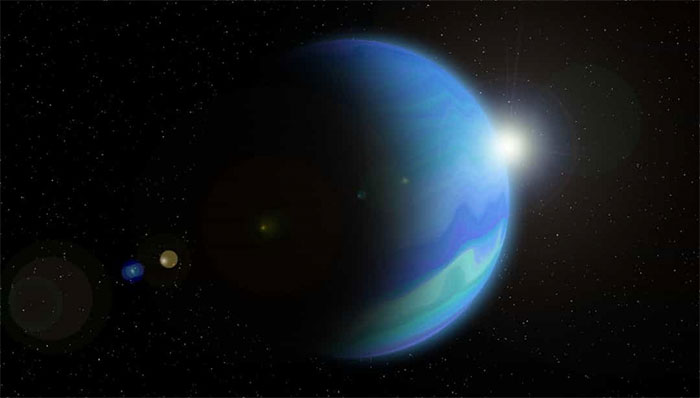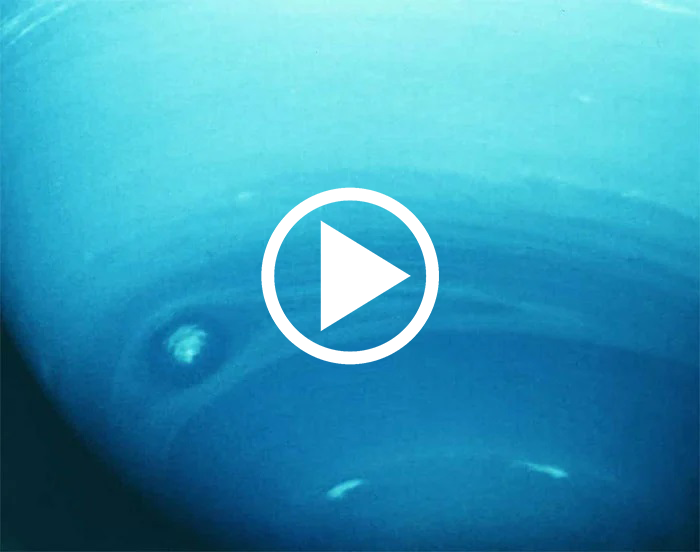Being the coldest planet in the solar system, having an eternal Earth-sized storm, and being the smallest gaseous planet are just a few of the interesting facts about Neptune.
1. Neptune is currently the farthest planet from the Sun since Pluto was no longer considered a planet in 2006. Neptune is one of the gas planets in the solar system, smaller than the stars Uranus and has a mass of 17 times greater than that of Earth.
2. According to NASA, Neptune emits more light than it absorbs from the Sun.
3. Summer on Neptune lasts 40 years and the temperature during this time is around minus 200 degrees Celsius.
4. Neptune has 14 moons, but Jupiter and Mercury have even more, with 67 and 62 moons respectively.
5. Neptune was discovered by Urbain Le Verrier in 1846 after observing the planet for the first time. Previously, the existence of Neptune was only speculation due to inconsistencies in the calculations of Uranus’ orbit.
6. The wind speed on Neptune can reach over 2,000 km / h, making it the windiest planet in the solar system.
7. Only the Voyager 2 spacecraft has ever passed at a speed close enough to capture images of this planet.
8. Neptune’s largest moon is Triton, discovered 17 days after the planet was discovered.

9. Neptune has an ongoing storm, also known as the Great Dark Spot, similar to the Great Red Spot on Jupiter. What makes this storm so unusual is that it is about the size of Earth.
10. Neptune also has rings like Saturn. These belts are made of dust and ice.
11. Neptune is the coldest planet in the solar system with an average temperature of minus 214 degrees Celsius.
12. Neptune is the smallest of the four gas planets with an equatorial radius of over 24,000 km.

13. There are currently no plans to explore the planet, although NASA has announced plans to launch a probe here in 2035.
14. A day on Neptune lasts a little over 16 hours.
15. However, 1 year on Neptune is equivalent to 164 years on Earth.
16. The distance between Neptune and the Sun is over 45 billion km.
17. We cannot observe Neptune with the naked eye from Earth.


